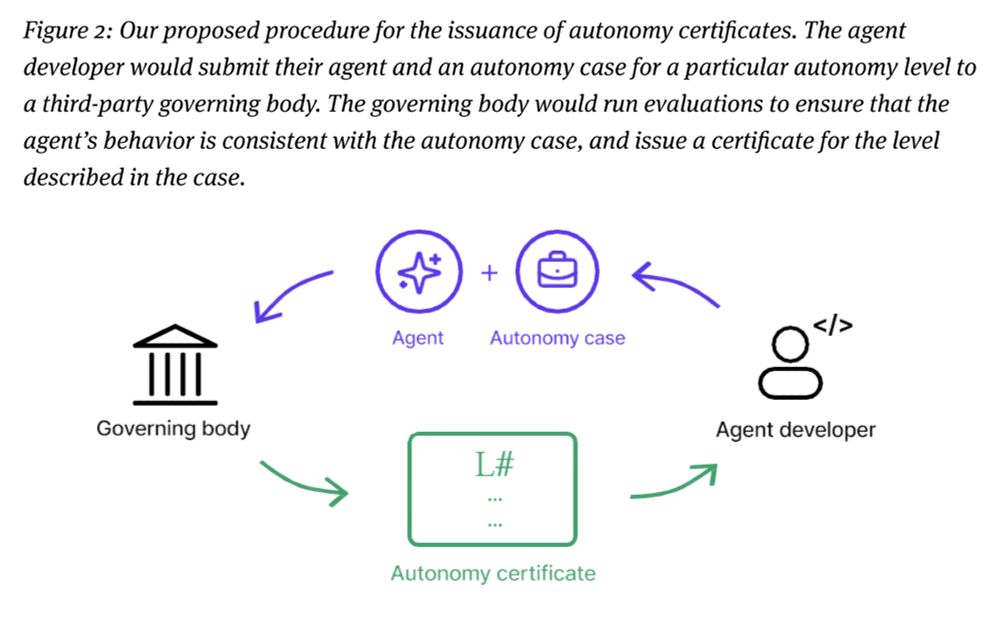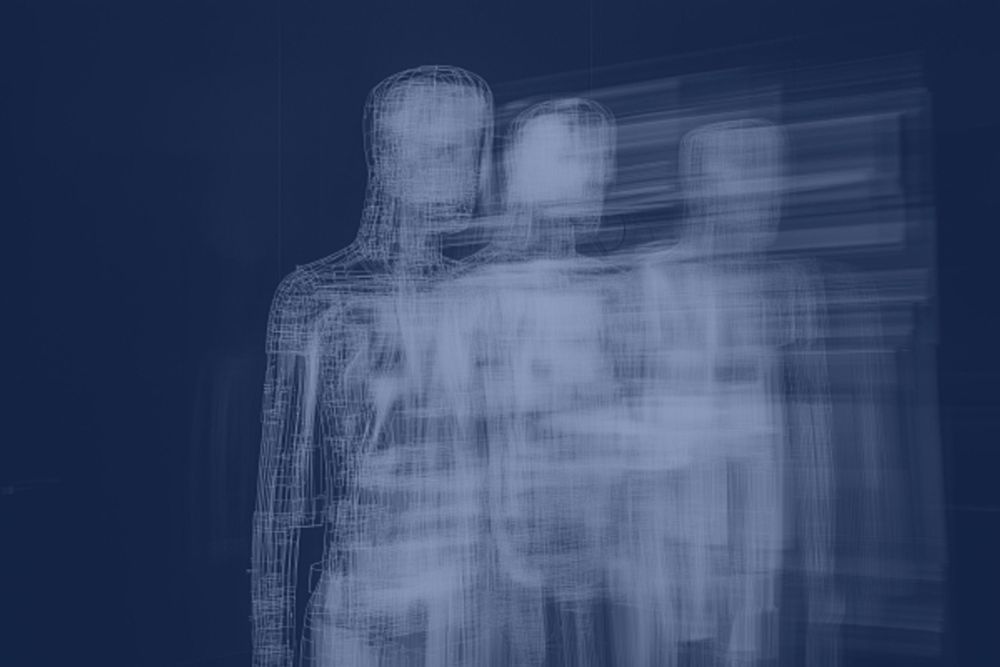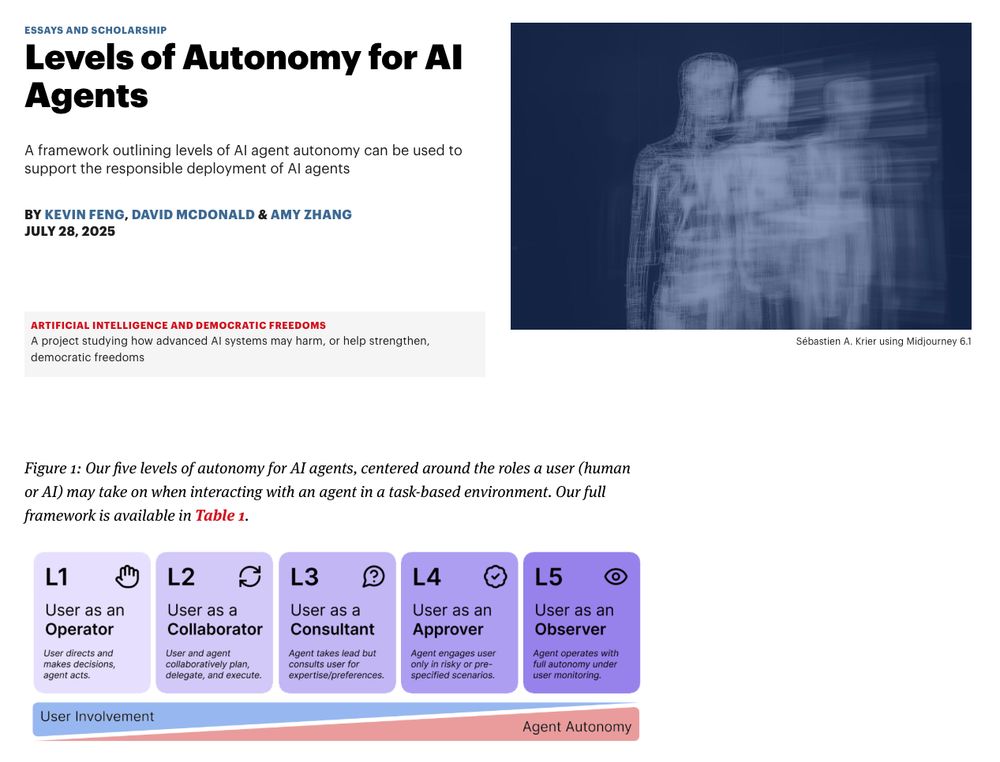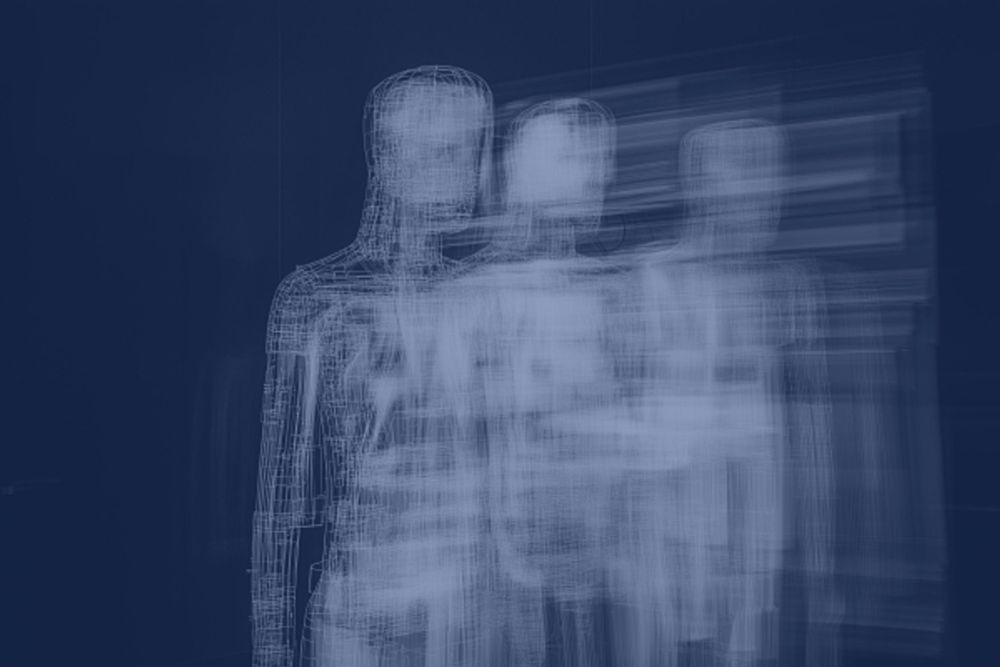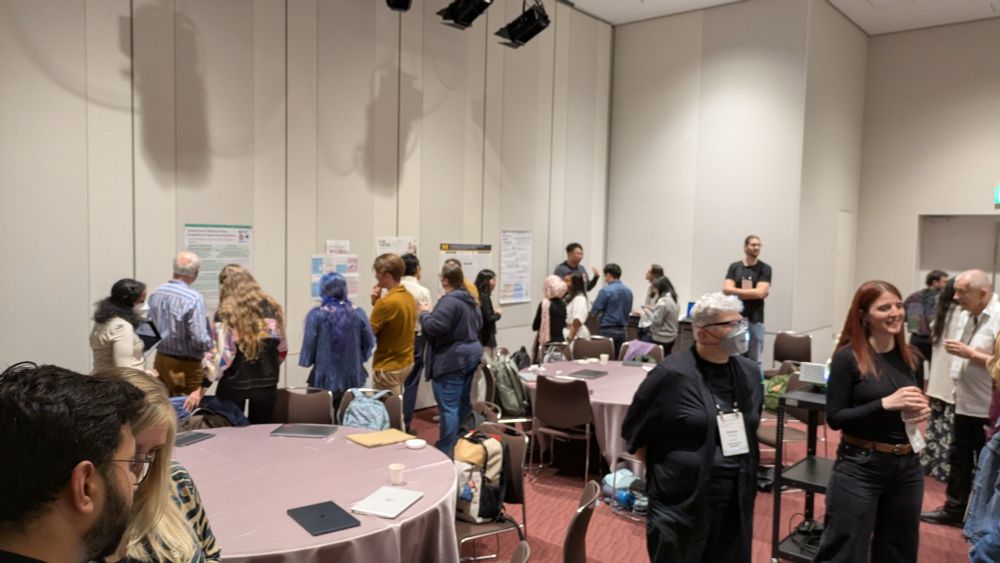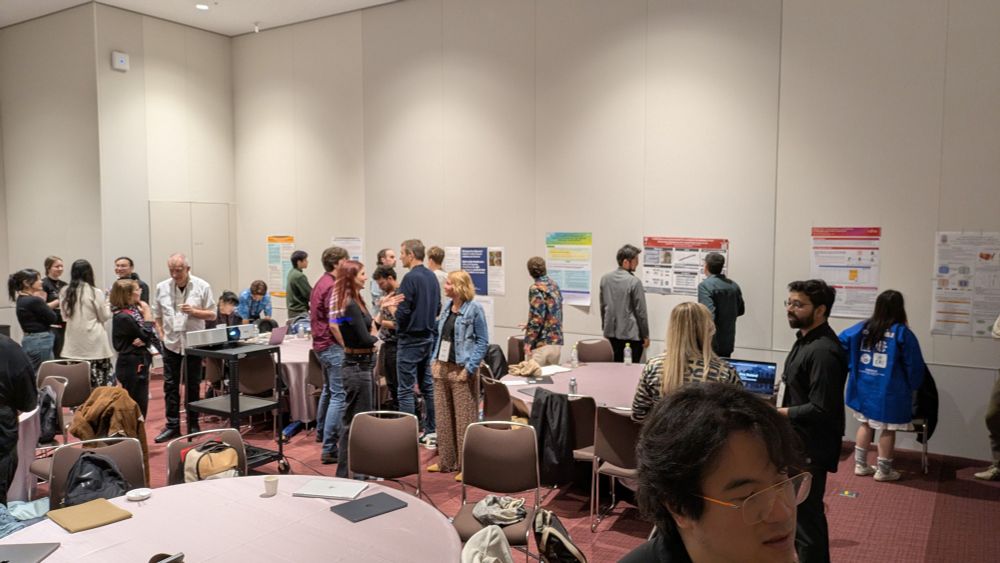Kevin Feng
@kjfeng.me
790 followers
150 following
84 posts
PhD student at the University of Washington in social computing + human-AI interaction @socialfutureslab.bsky.social. 🌐 kjfeng.me
Posts
Media
Videos
Starter Packs
Reposted by Kevin Feng
Kevin Feng
@kjfeng.me
· Aug 1
Kevin Feng
@kjfeng.me
· Aug 1
Kevin Feng
@kjfeng.me
· Aug 1
Kevin Feng
@kjfeng.me
· Aug 1
Kevin Feng
@kjfeng.me
· Aug 1
Reposted by Kevin Feng


